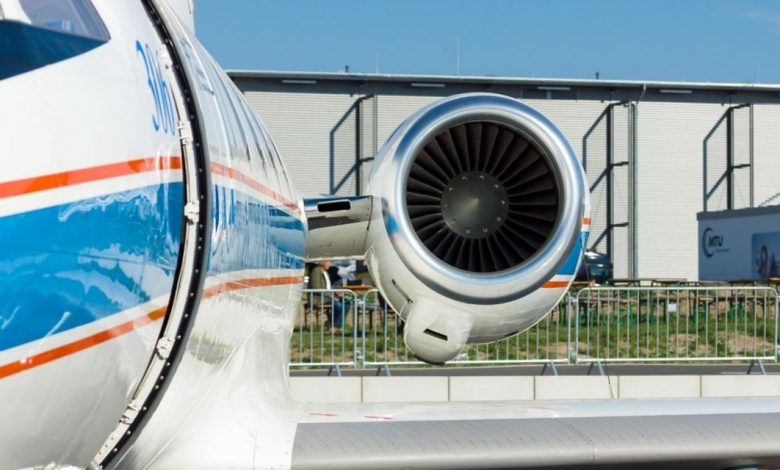Honeywell Aerospace, the aerospace division of conglomerate Honeywell, has received a Federal Aviation Administration (FAA) certification for its first 3D printed flight-critical engine component. The part in question – a #4/5 bearing housing – is a key structural component of the ATF3-6 turbofan engine found in the Dassault Falcon 20G maritime patrol aircraft. The part is already in production and has been installed in an operational Falcon unit, with dozens more expected to be printed by the end of the year.
Jon Hobgood, Vice President of Manufacturing Engineering at Honeywell Aerospace, states: “This is a major milestone for Honeywell because it demonstrates the maturity of our Additive Manufacturing operations and paves the way for us to print more certified, flight-critical parts in the future. It also is a major win for the additive industry, as flight-critical parts face heavy scrutiny and high standards for qualification and installation on aircraft, but this shows it can be done.”

The 3D printed bearing housing
Commonly used by the French Navy in rescue missions, there are only around a dozen ATF3-6 engines currently airborne. The original design was conceived in 1960, so the engineers responsible for the maintenance of the aircraft often run into supply chain issues when seeking replacements. The bearing housing, in particular, is notoriously difficult to manufacture and can be very cost-inefficient when ordered in small quantities.
Hobgood explains: “Though there aren’t many in service, Honeywell is responsible for supporting and maintaining these engines. We had to find a way to address these supply chain issues and keep these aircraft flying.”
Through the use of additive manufacturing, Honeywell was able to produce the part with no tooling at all. Even with low production volumes, the company could keep both manufacturing costs and lead times to a minimum.
Hobgood adds: “We were able to use our expertise in Additive Manufacturing to produce the qualified part much faster, reducing our lead time from approximately two years to two weeks.”

Difficulties with flight-critical components
The bearing housing is considered a flight-critical component, meaning its existence and performance are crucial if the aircraft is to operate reliably. Parts like it are subjected to extensive testing and certification by the FAA before they are allowed to be installed as end-use components. To get to this point, Honeywell has had to work very closely with the FAA, through both the development and qualification phases of the project. The bearing housing has now become the company’s first 3D printed part to be certified for flight by the regulatory body.
Working towards the same goal, aerospace manufacturer Boeing announced the completion of its first test flight with the 777x, an airliner jet powered by twin GE9X engines, earlier this year. GE’s engines have been making news in recent years due to their heavy reliance on 3D printing technology, with each engine containing over 300 additively manufactured components. Included within this figure is the famed LEAP fuel nozzle, which was the pioneering part that led the charge.
In the defense sector, the U.S. Air Force has also been making strides towards 3D printed engine components. Engineers from the Oklahoma City Air Logistics Complex, a wing of the Air Force Sustainment Center, recently become the first to successfully test a 3D printed metal component inside a U.S. Air Force aircraft engine. The tested part was a 3D printed anti-ice gasket, which is critical for the operation of the TF33-P103 engine in sub-zero environments.
The 4th annual 3D Printing Industry Awards are coming up in November 2020 and we need a trophy. To be in with a chance of winning a brand new Craftbot Flow IDEX XL 3D printer, enter the MyMiniFactory trophy design competition here. We’re happy to accept submissions until the 30th of September 2020.
Subscribe to the 3D Printing Industry newsletter for the latest news in additive manufacturing. You can also stay connected by following us on Twitter and liking us on Facebook.
Looking for a career in additive manufacturing? Visit 3D Printing Jobs for a selection of roles in the industry.
Featured image shows the ATF3-6 turbofan engine. Photo via Honeywell Aerospace.



